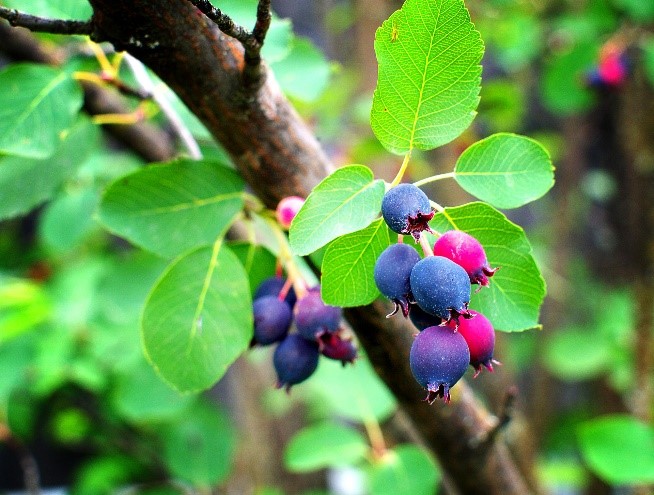Water Conservation Through Native Landscaping
Guest author: Kathy Hutton, Plants of the Wild
The term “Native Landscaping” has been in the conversation for decades. I have been in the industry for 35 years and have seen a slow evolution into making the practice of using natives in your landscape a successful reality. When I say slow, I mean SLOW!! I have worked with different nurseries, landscapers, extension offices, etc. for the last 25 years promoting the use of native plants in landscaping and teaching homeowners how to be successfully use natives to replace their sprinkler-loving lawns (or at least a portion of them). It has been a rough road, but over the past five years, I have seen amazing progress.
Success of using native plants in the landscape depends on a few things. The first is choosing the right plant for the right place. Just because a plant grows wild in Idaho, does not mean it will be low maintenance and low water use in your landscape. Choosing a plant that naturally grows near a stream in dense shade to plant in a fully exposed back yard, will not save you water and the plant will most certainly not thrive. Conversely, using a plant that naturally grows in a well-drained soil in full sun will not succeed on the north side of your house under your gutter downspout. Choosing the correct specimen for your microsite is of the utmost importance.
The other main problem I have seen over the years is overwatering. Homeowners plant native plants to save water and then leave their existing irrigation system set to water turf. This is a great way to make the plants either take over your landscape with uncontrollable growth or rapidly waste away due to root rot from overwatering.
The other barrier that has slowed the popularity of low water use native landscapes is public perception of what a properly cared for landscape should look like. This perception has been the largest barrier of a low water use landscape movement. Native landscaping or a more informal, natural look to the landscape can be frowned upon by neighbors. This is due to the perception that a typical landscape should be a bright green, shortly mown turf surrounded by formally pruned ornamental shrubs and annual flower beds. I am happy to say this perception is shifting and has exponentially changed the past few years.
In the past, most of the plants that our nursery produces have gone to restoration of natural areas after a disturbance. Native plants used for landscaping was a small part of our business. The tides are shifting, and we are growing a much larger portion of native trees, shrubs, wildflowers and grasses for home and commercial landscapes. We still have a lot to learn, but the learning curve is flattening and I am excited to see success.
I am often asked for a list of my favorite landscape natives. Here is my short list. My favorite tree is Western Larch. I love Saskatoon Serviceberry shrubs and my favorite wildflower is Blanketflower. These may not work for your situation, so do your research and find out what native plant will work in your site and save our precious water supply.
For more information, BiJay Adams will present Irrigation Efficiency at the Kootenai County Master Gardeners Class July 26, 2022. The class will be held at the CDA Library and the cost is $10.








